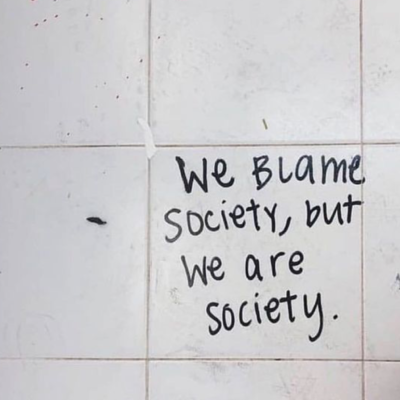
After many months of trying to book a night at the Joshua Tree House, I finally had the pleasure of staying there last year. Based on the success of this gorgeous Airbnb spot I assumed the owners were living it up on a beach somewhere with no worries in the world.
Turns out I couldn’t have been more wrong. Sara Combs, the owner of the Joshua Tree House, is also an interior designer, web designer, experience designer, and an influencer. This completely blew me away. Gone were any notions of a settled-down entrepreneur chilling by the beach.
After launching On Our Moon I reached out to Sara to feature her on the site. We spent the day at her stunning home, hanging out with her husband Rich and their cat Bruce. Our conversations quickly moved to work (#RealTalk) and the things you don’t see on Instagram: the worries and the deadline anxieties, and how she manages to stay productive amidst all these different projects.
When I asked her what she thinks has led to her success, she said she always leads with passion. She only takes on projects that truly excite her. Working passionately, staying curious, and starting self-driven projects is how she knows she’s succeeding.
Here’s the rest of our conversation.
OOM: What do you say when people ask you, “What do you do”?
SC: This answer is always shifting. Recently my answer is that I do a blend of things, but that my focus is on designing experiences, usually through Interior Design work or Web Design projects.
OOM: There’s a lot of emphasis on ensuring work/life balance lately. What are your views on this?
SC: I find it difficult to draw the line because my work is also what I love. Since I work from home, I do like to keep a rule of no emails on the weekend. I end up breaking this rule when I’m feeling behind, but keeping weekends sacred and focused on exploration away from my computer does keep me sane.
Sometimes I forget to slow down. There’s always more work to do, more project ideas. Sometimes though, the most productive thing to do is take in the sunrise or watch a stream of sunlight shift across a room. Taking that time out to enjoy happiness in the simplest of things is often what sparks my creativity and productivity.
OOM: “Life” inevitably surprises us, sometimes at times when work may be keeping us incredibly busy. How do you approach these moments when it all of a sudden feels off-kilter?
SC: We all have a limit of what we can mentally and physically accomplish at a quality we’re proud of. When I start to feel like that limit has been reached, I do my best to time-manage new projects. If it’s something I’m incredibly passionate about, I consider, “Would it be the worst thing to push this off by a few months?”
We can be quick to tell ourselves that everything needs to be done now, but often that’s not the case. I’d rather focus on only a few things at a time and do them well, then take on more than I can handle and disappoint myself and whoever I’m working with.
OOM: Imagine your most stressful work day. What do you tell yourself to stay grounded and ease back into yourself?
SC: One thing at a time. I tend to look too far forward and get overwhelmed by everything that’s coming up, but bringing myself back to the present moment and the smaller task ahead of me for the rest of the day, or even for the next hour, helps keep me grounded.
OOM: You have many different roles that provide you with different revenue streams. With a busy schedule, how do you decide what to take on next and what to kindly decline?
SC: I let my gut decide. I believe that we all know deep down what moves us and what doesn’t within a matter of seconds. If it moves me, I find a way to make it work. If it doesn’t, I realize that it’s best for everyone if I don’t take it on. If I’m not 100% passionate about a project, I don’t believe that I’d be serving the project’s best interest.
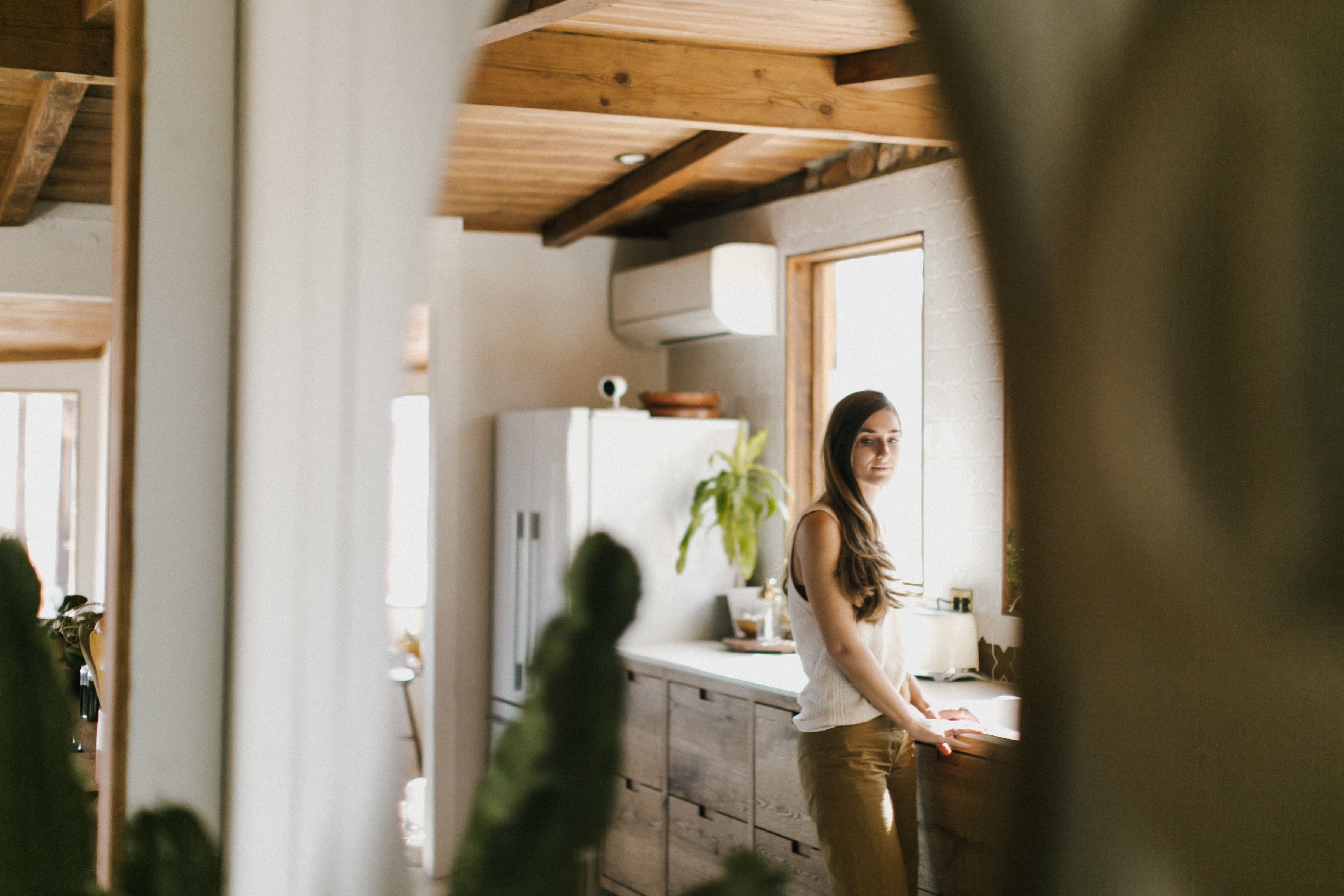
OOM: Take me back to a time when it was hard to say no – how did you learn to shift that to only saying yes to things that excite you?
SC: Everytime I say no to a project, or delay a project to keep my sanity, my body immediately reacts with a sense of calm afterwards. When project decisions are made with mental health in mind, it becomes much easier to say no (even though I still feel crazy saying no at times).
OOM: You moved to the desert from a big city. Was this a conscious choice to structure your life in a way that helped enhance fluidity in your work/life balance?
SC: Before moving to Joshua Tree from San Francisco, my husband and I spent one year going back and forth between the two places. Every time we left Joshua Tree to head back to the city, our hearts would sink. That feeling, combined with a lower cost of living, got us thinking about the quality of our lives. With less financial commitments each month, we’re able to say no to projects we don’t feel passionate about and work on more self-driven projects.
OOM: You created this beautiful space to work and live in. How has the design affected your productivity? Was this something you kept in mind during the design process?
SC: We lived and worked in our house before and during our renovation process, which was really tough. Our productivity was way down during that time. Waking up to dust and tripping over tools really doesn’t make for a great start to the day.
I wouldn’t take it back though, because living and working in our dream space makes every day run so smoothly. I feel affected by space now more than ever. I’ve been obsessively organizing every corner of the house and donating things we don’t need, which make me continually feel lighter and more focused. There’s something immensely satisfying about knowing where everything is in your space, and loving everything around you. It brings so much pleasure to even the smallest of moments.
photography by Britney Gill
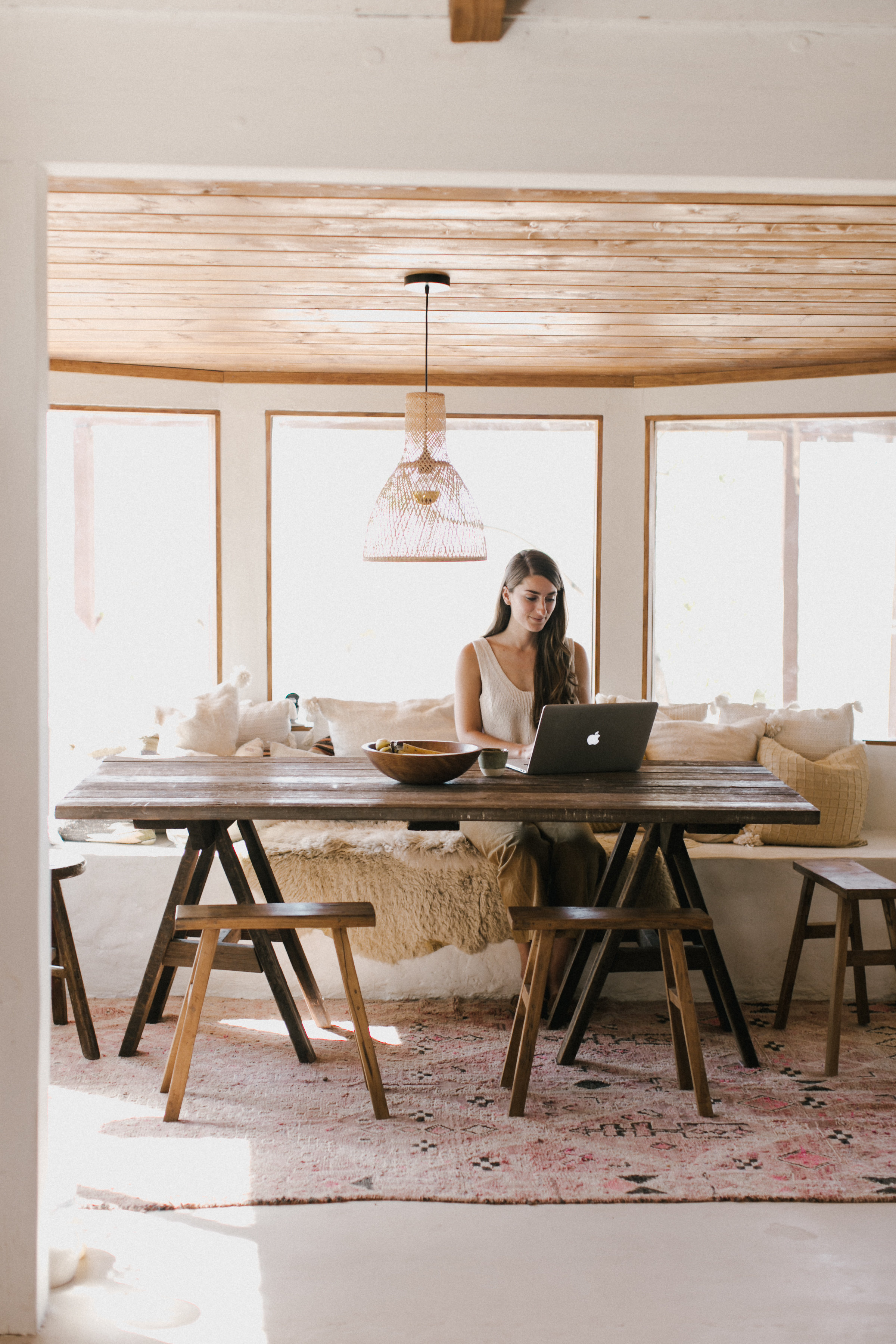


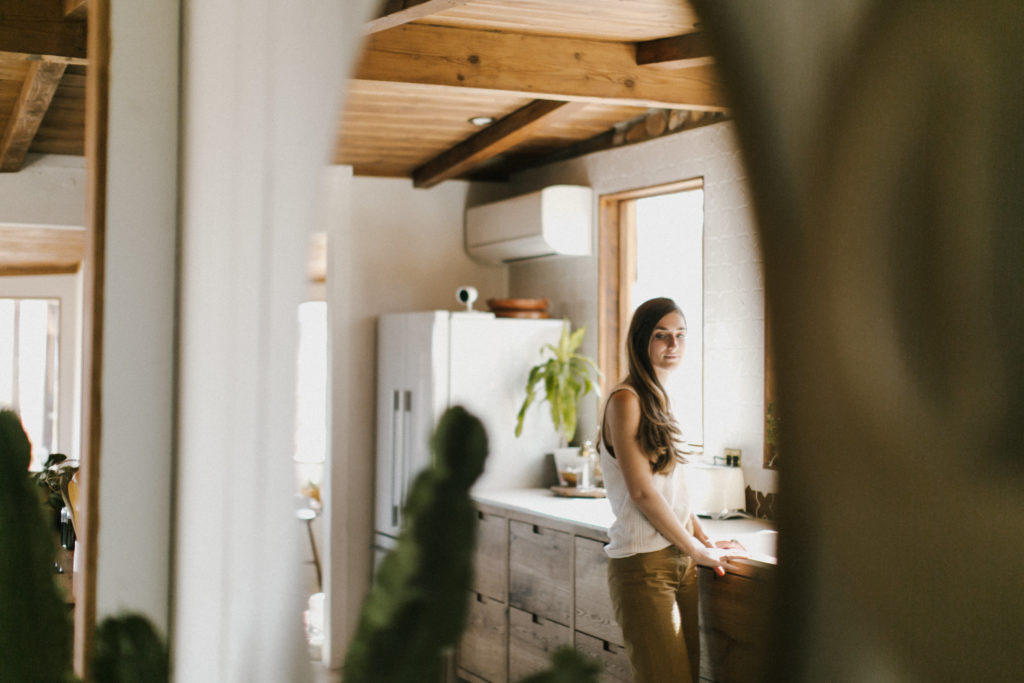

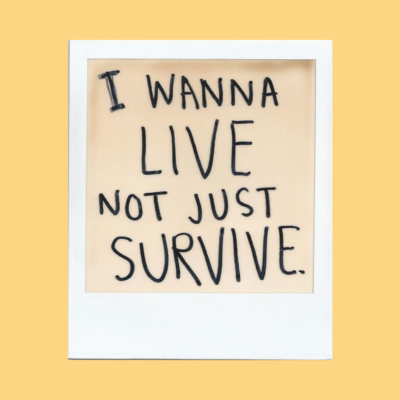
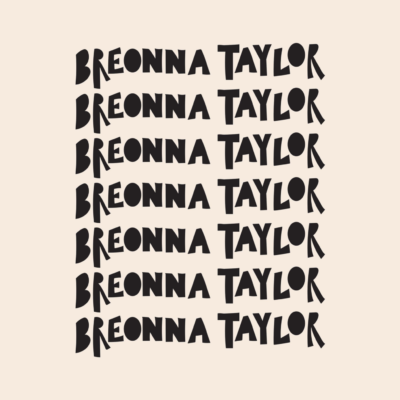
LET'S TALK: